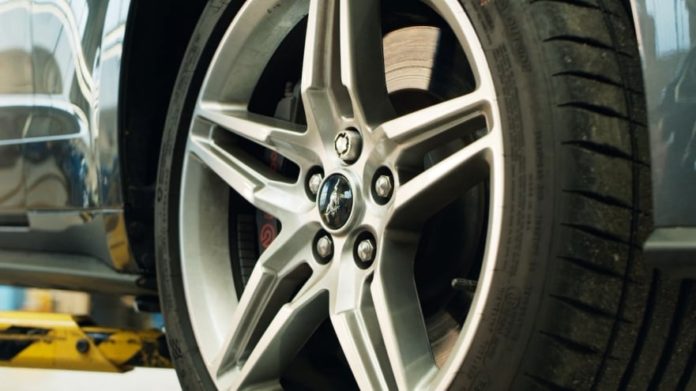In order to increase the performance of locking nuts, car manufacturer Ford leverages 3D printing for their production.
Reality shows that, as car security systems more sophisticated, thieves increasingly steal car parts instead, including alloy wheels. People therefore use locking nuts on each wheel to keep them at bay.
The use of locking nuts therefore requires a special adapter, or key, to loosen. But even these are not invulnerable. In order to increase their performance, engineers at Ford have developed unique locking wheel nuts using 3D printing technology.
“It’s one of the worst experiences for a driver, to find their car up on blocks with all four wheels gone. Some alloy wheels can cost thousands to replace, but these unique rim nuts will stop thieves in their tracks. Making wheels more secure and offering more product personalisation are further proof that 3D printing is a game-changer for car production”, said Raphael Koch, research engineer, Advanced Materials and Processes, Ford of Europe.
What defines the nut’s shape
Ford Europe collaborated with with EOS to create locking nuts with contours based on the driver’s voice.
Like an iris scan or a fingerprint, a person’s voice can be used as a unique biometric identification. Engineers record the driver’s voice for a minimum of one second, saying something like “I drive a Ford Mustang”, and use software to convert that singular soundwave into a physical, printable pattern. This pattern is then turned into a circle and used as the design for the locking nut’s indentation and key.
With the geometry in place, the nut and key are designed as one piece, then 3D-printed using acid and corrosion resistant stainless steel. When finished, the nut and key are separated, with a small amount of grinding required to make them ready for use.
The design also includes second level security features that prevent the nut from being cloned or copied. The unevenly spaced ribs inside the nut and indentations that widen the deeper they go prevent a thief from making a wax imprint of the pattern, as the wax breaks when it is pulled from the nut.
If not using the driver’s voice to create the contours, the nuts could feature designs specific to a vehicle, such as with the Mustang logo, or use the driver’s initials. The design could also take inspiration from a driver’s interest, for example, by using the outline of a famous racetrack.
With this innovation, Ford is taking car customization to the next level.
Image: FORD. Remember, you can post free of charge job opportunities in the AM Industry on 3D ADEPT Media or look for a job via our job board. Make sure to follow us on our social networks and subscribe to our weekly newsletter : Facebook, Twitter, LinkedIn & Instagram ! If you want to be featured in the next issue of our digital magazine or if you hear a story that needs to be heard, make sure to send it to contact@3dadept.com.






